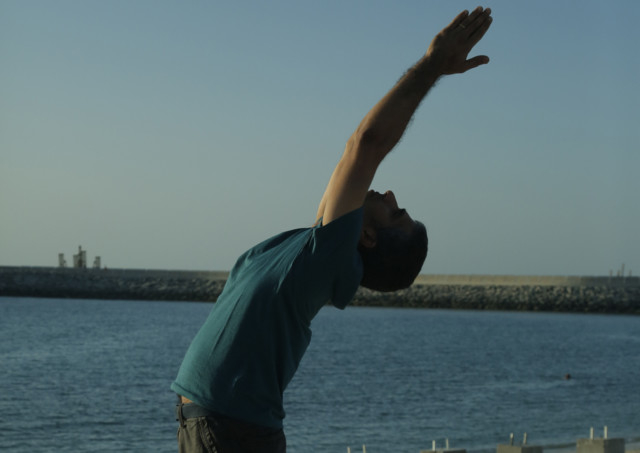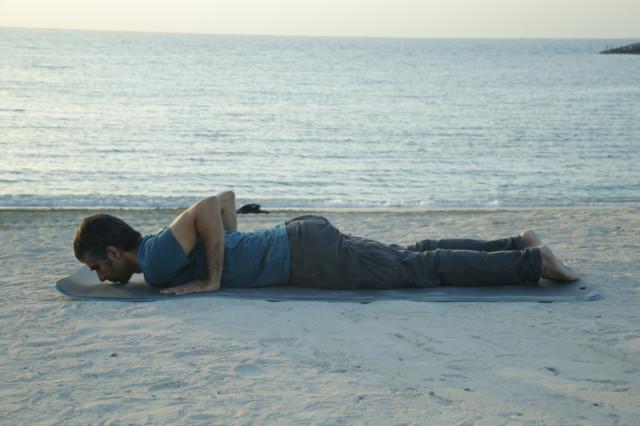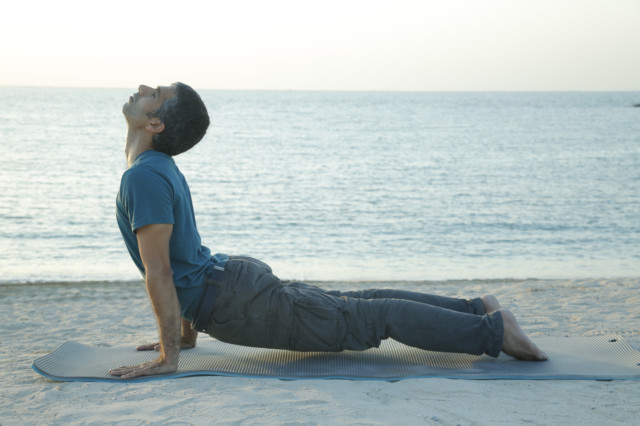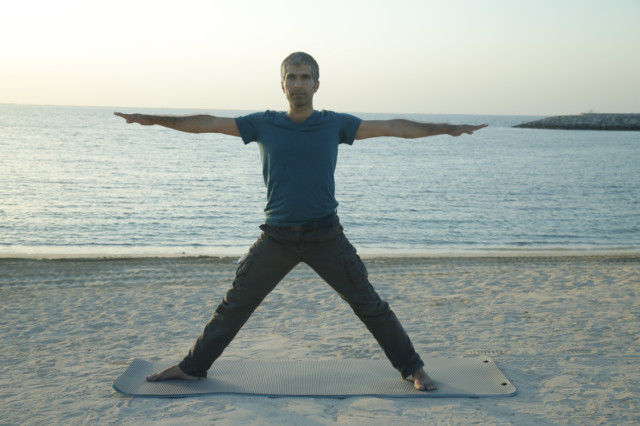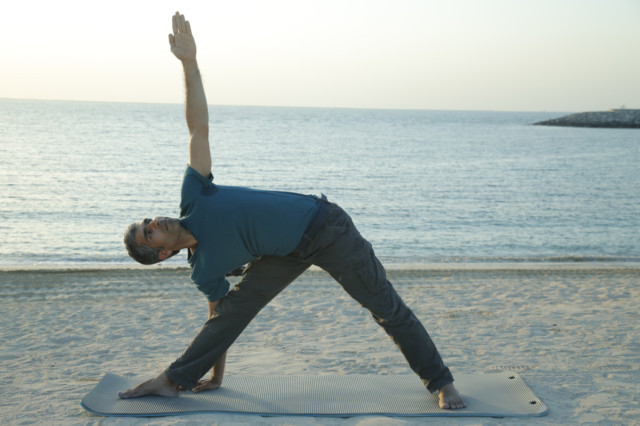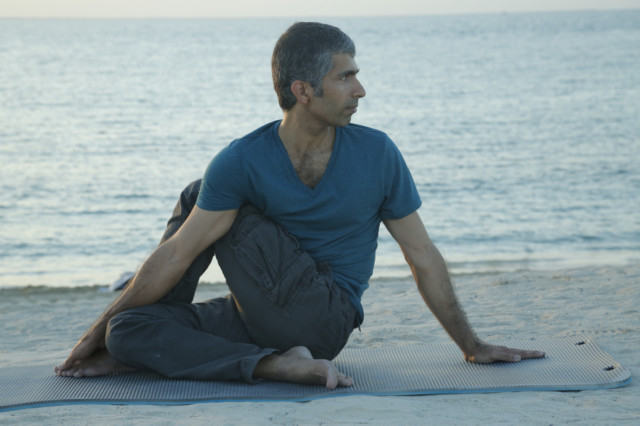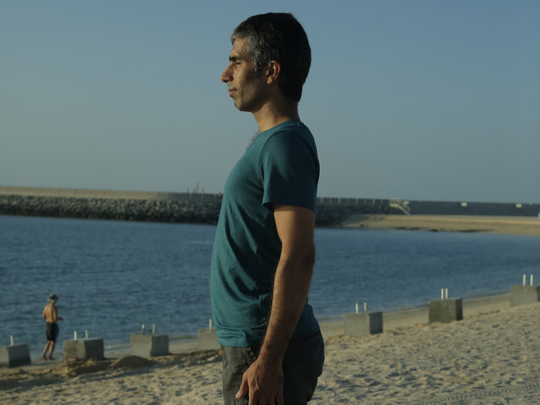
Shujit Soparkar, a Dubai resident, wrote in to tabloid!:
“About seven weeks ago I noticed the yoga column by Dr Bharat Thakur in tabloid! and that is when I wrote in seeking help for weak optic nerves, a problem that runs in my family. I was concerned for my two children and myself as my father’s eyesight had failed him at an early age. I asked for yoga techniques I could easily practise with my family at home. They sent me a detailed programme which I have religiously followed for the last six weeks. Not only has my eyesight improved, headaches and eye strain have also completely gone. I feel fresher and my focus at work has become sharper, so much so that my colleagues have been noticing the change in me. My children, who also practised a few of the exercises, also show similar improvement. In fact my daughter’s eyes sparkle and the white in all our eyes is much brighter.”
Window to the outer world
In the optic nerve rejuvenating yoga programme we not only work on improving the health of the eyes and the optic nerve, but we also train the gaze — or Drishti, as we call it in yogic parlance — and use its full potential.
You would have noticed that in daily life also it is your gaze which leads your mind and attention. Your eyes fall on an object and it immediately engages your attention and as soon as the eyes move away from it, so does your attention. So eyes are your windows to the external world. And when you close them, they lead you into your internal world. When they are focussed on one point, they have the power to make you one-pointed. This single pointedness is a stepping stone to the state of samadhi or blissful state.
Drishti and asana
Drishti is a method used in a classic asana practice to focus the gaze on a single point. We will look at eight asanas to be practised regularly to train your gaze, improve your vision and give a good alignment and ease to your system.
All together yoga talks about nine drishtis. The following postures practised with the right gaze will improve not only the vision but the health and fitness of the entire body.
Tip of the week: Keep the focus without straining your eye muscles by hardening your gaze. The practice of these postures with the correct fixing of gaze is equally relevant, if not more so, for children and everyone else with or without vision problems. With proper focus, efficiency, memory and creativity goes up.
Next issue: Trataka Kriya and other four Drishti postures
First four asanas
1 Hasta utthanasana: In this posture the gaze rests on your thumbs. This is Angushthamadhye Drishti.
2 Urdhva Mukha Svanasana: Practise this pose with your gaze on your nose tip. This is the Nasagre Drishti.
3 Trikonasana: In this posture the gaze follows the hands and it’s called Hashtagre Drishti.
4 Ardhmatsyendra asana: Eyes go to the right and left respectively on each side with the turn of the head. This is called the Parsva Drishti.
This is an interactive series, in which we will bring you practical tips that you want to get on daily living, inspired by the vision of yoga. Write in to tabloid@gulfnews.com with your questions and doubts about how to enhance your lifestyle through yoga. For more information, call 800-YOGA (9642) or log on to artisticyoga.com


